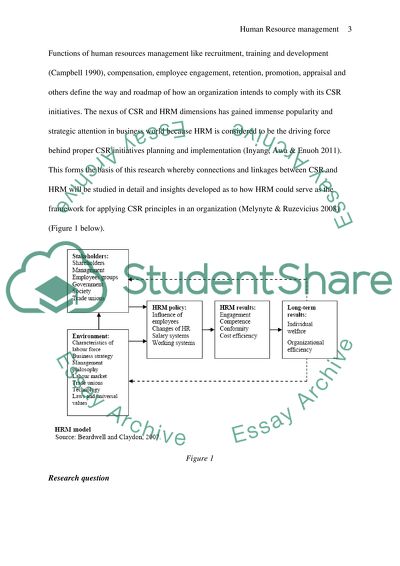Cite this document
(“Human resource dimensions and environmental management Research Paper”, n.d.)
Retrieved from https://studentshare.org/family-consumer-science/1409262-human-resource-dimensions-and-environmental
Retrieved from https://studentshare.org/family-consumer-science/1409262-human-resource-dimensions-and-environmental
(Human Resource Dimensions and Environmental Management Research Paper)
https://studentshare.org/family-consumer-science/1409262-human-resource-dimensions-and-environmental.
https://studentshare.org/family-consumer-science/1409262-human-resource-dimensions-and-environmental.
“Human Resource Dimensions and Environmental Management Research Paper”, n.d. https://studentshare.org/family-consumer-science/1409262-human-resource-dimensions-and-environmental.


